Upgrade hope for park lands sport hubs
Community sports groups could be offered a co-funding deal to upgrade or replace old and rundown clubrooms and buildings on park lands as Adelaide City Council grapples with demand for new facilities while limiting their size.

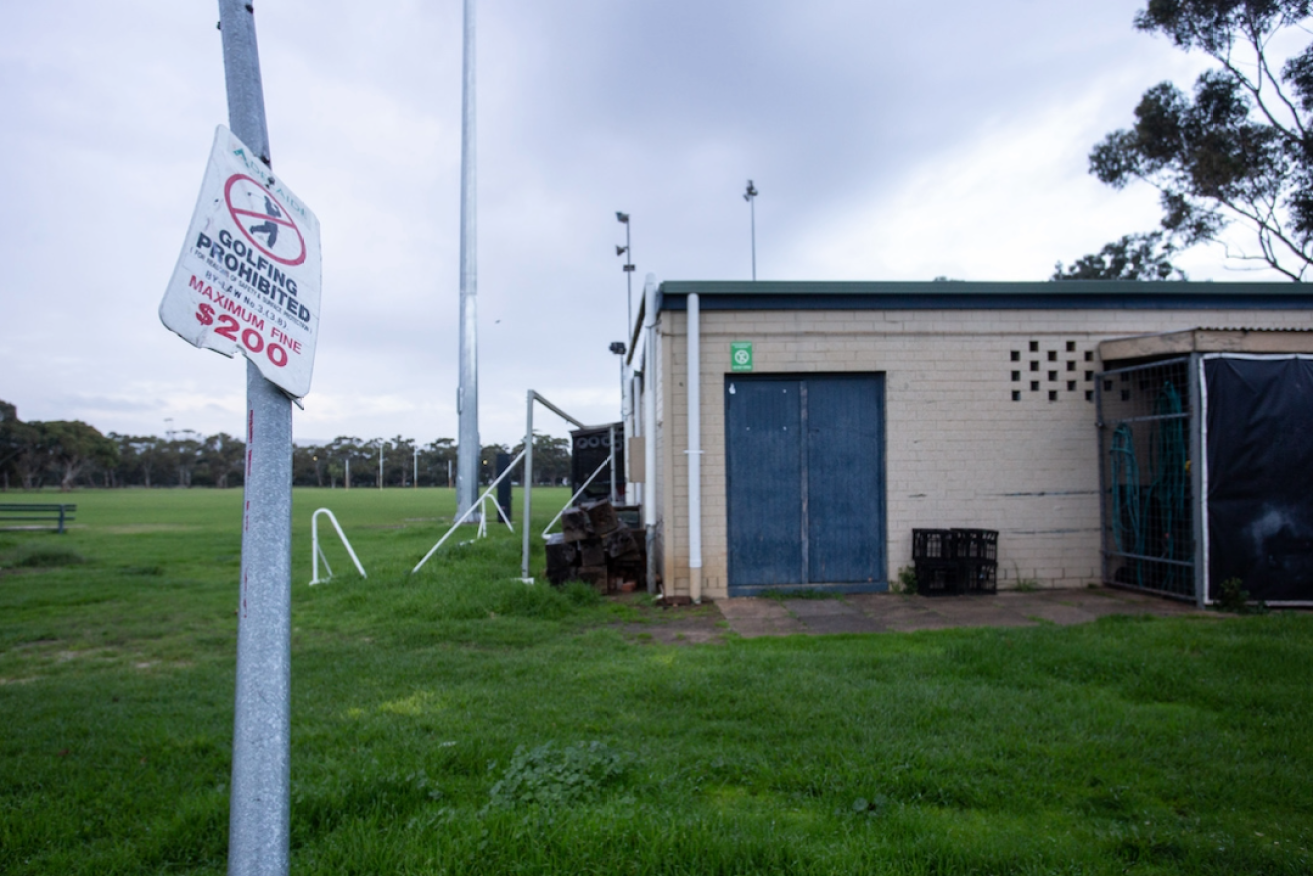
Photo: Brett Hartwig/InDaily
Councillors and the Adelaide Park Lands Authority (APLA) have discussed a new policy to regulate community building upgrades in the city’s green belt, after this year’s budget process was marred by a funding row over plans for a two-storey sports clubrooms in the southern park lands.
The new policy principles floated by council administration include a “transparent and equitable” 50 per cent council co-funding model to support community sport (not for profit) clubs and associations upgrade leased or licensed facilities in the park lands.
However, the draft principles also focus on minimising building footprint and “visual impact” while prioritising good design, optimal site selection and no net loss of park lands.
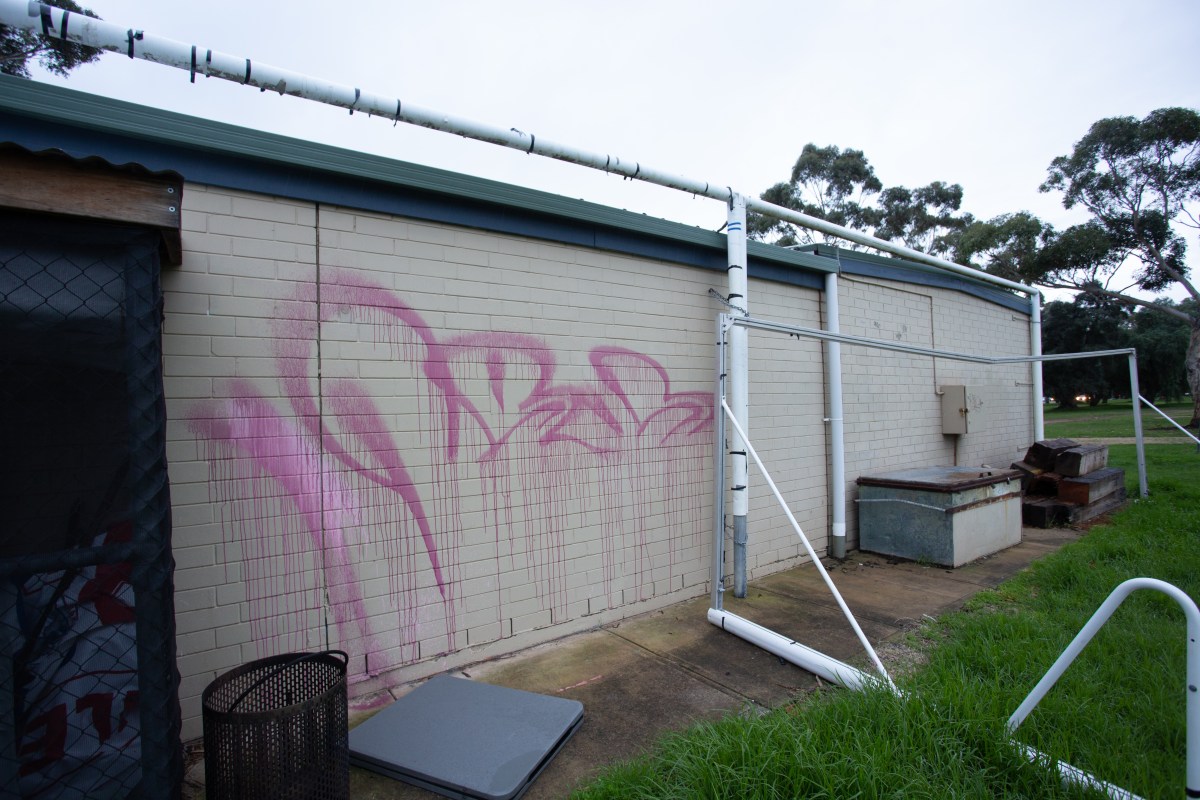
This sports facility in Park 21W has long been earmarked for an upgrade, but disagreements about who should fund it and how big the new building should be has delayed progress . Photo: Brett Hartwig/InDaily
Council CEO Clare Mockler told councillors the policy was a “legacy” opportunity for the current council to solve a longstanding process issue.
She highlighted the delays Prince Alfred College experienced trying to build new clubrooms in Park 9 – a proposal first floated in 2015 but not completed until the start of 2023.
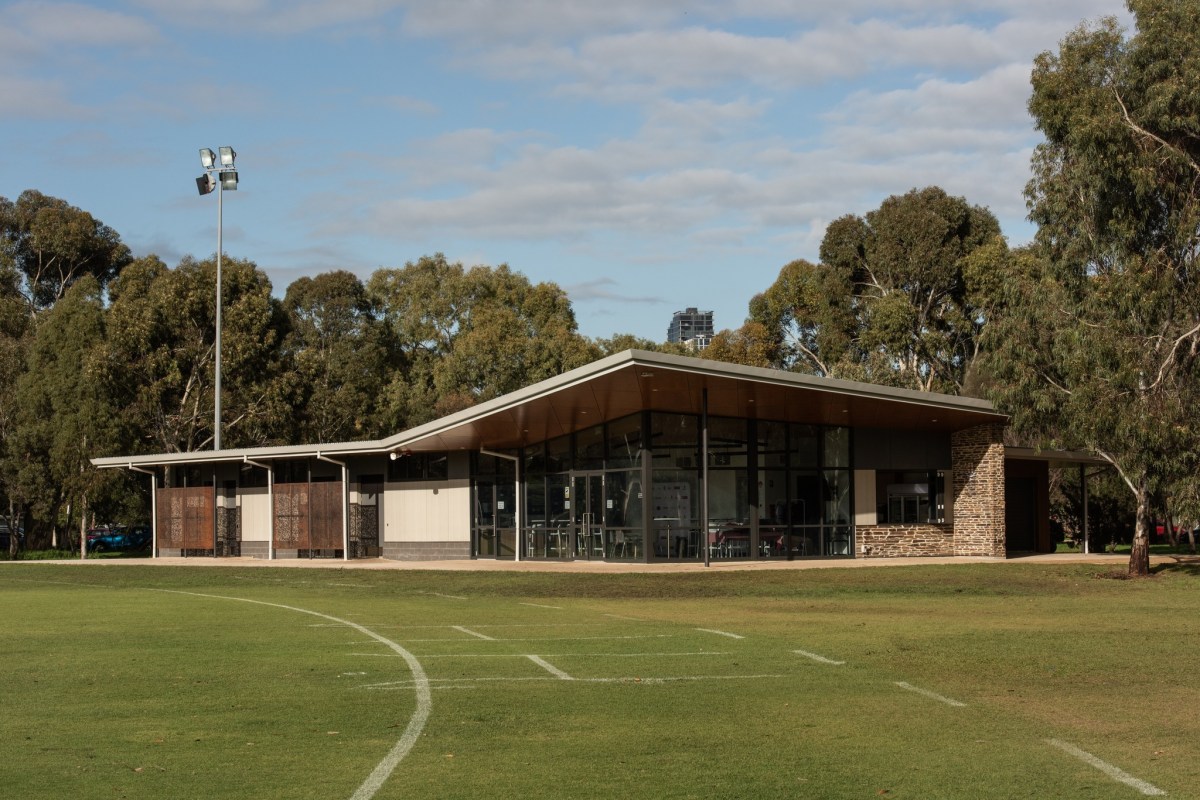
PAC’s new clubrooms on Park 9 (pictured) were nearly a decade-long process from first proposal to final construction. Photo: Chappell Builders/Facebook
“One of the things that has been the biggest challenge of my experience in over 20 years here at the City of Adelaide is the process through which we enable community buildings to either get refurbished or get leased within the park lands,” Mockler told councillors earlier this month.
“This piece of work is an opportunity for this council, I think, to reset and reframe an approach that perhaps gives a better certainty, a better clarity to the people that use our park lands.”
There are 21 buildings leased by community organisations in the park lands, of which seven are in “a very poor state”, according to council’s community lifestyle team leader Ray Scheuboeck.
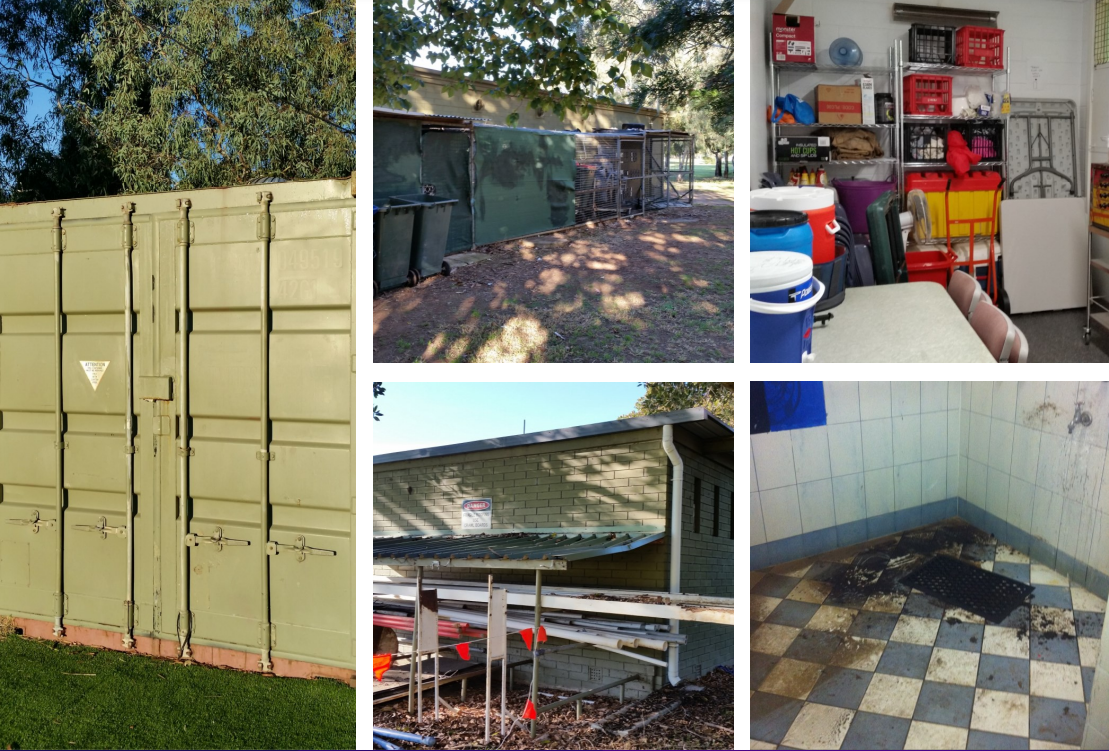
Photos of dilapidated park lands sport facilities shown to councillors earlier this year. Photo: City of Adelaide
Scheuboeck said council’s current model of not budgeting to renew community leased and licensed infrastructure in the park lands has led to poor outcomes.
“The (upgrade) process is triggered, led and funded by lessees,” Scheuboeck told the park lands authority last week.
“It results in park lands facilities that are unsightly, dated and not fit for purpose, service a single user group and purpose, disconnect with other park lands facilities and do not meet community facility standards.”
The draft design policies for new park lands facilities are:
- Balancing a minimal infrastructure footprint and scale with fit for purpose facilities required to support local community sport.
- Delivering community sports buildings that perform their purpose while prioritising no net loss of Park Lands.
- Maximising sustainable development and environmental performance.
- Creating high quality welcoming and accessible facilities to maximise community use.
The draft policies also stipulate a preference for community sport over elite competition and sports facilities over commercial use, as well as six star green rated buildings and “generous” verandas for shelter and shade.
But Scheuboeck said modern building standards and community expectations – such as having disability changerooms and spectator toilets – make it difficult to replace old sports sporting facilities with new, fit for purpose facilities within the same footprint.
“This I think is the real conundrum with the Adelaide park lands,” he said.
“We understand and appreciate the protection of the park lands and minimising built form and not increasing building footprint.
“But the challenge that we have is that to achieve fit for purpose facilities we have a whole lot of pressure points that create that tension on the building footprint.
“So we’re almost in the situation where it’s almost impossible now to replace buildings that we currently have if we’re on the current footprint to achieve the same footprint and ensure that those buildings are fit for purpose.”
Councillors requested the new park lands building policy after they withdrew around $5m in funding from a community sports upgrade in Park 21 West due to concerns about an increase in building footprint on the park lands.
The Adelaide Community Sport and Recreation Association (ACSARA) had been pushing for more than five years to redevelop its football/cricket grounds in Park 21W, telling councillors their current facility is an “absolute embarrassment”.
But ACSARA – which had proposed a two-storey clubrooms with more change rooms, new social and commercial space, and an expanded storage area – was told to submit revised plans due to councillor concerns about building footprint, commercialising the park lands and setting a council funding precedent.
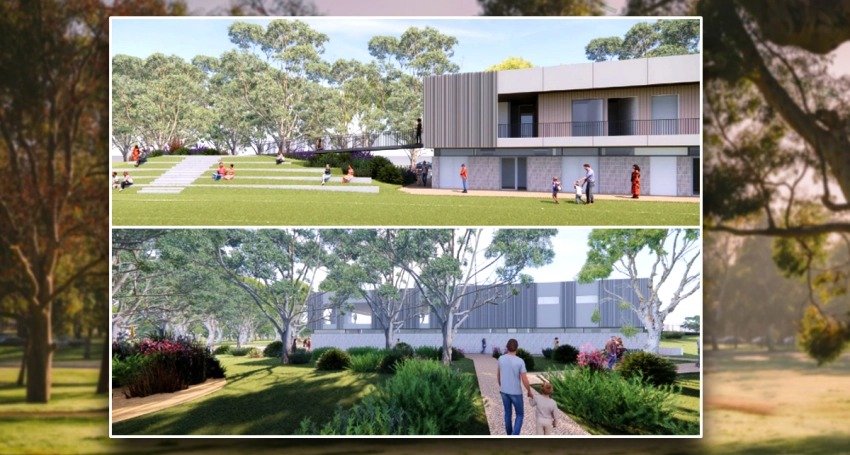
Concept designs for a proposed two-storey clubrooms in Park 21W. Image: City of Adelaide
Deputy Lord Mayor Phillip Martin said a new policy was needed to address concerns from businesses that park lands facilities with commercial spaces could draw customers away from them.
He also said there have been tensions between council and sporting organisations “ever since I’ve been a member of council (2014)”.
“What’s being put to us is that the council can make a decision about what goes on the park lands where there are buildings at this time which are not fit for purpose,” he told councillors.
“My belief is that most of the buildings owned by council on the park lands are not fit for purpose – they are in desperate need of replacement.
“And if we continue on the way that we have gone in the past by allowing clubs to fund any improvement, it will be a future that we’re pretty much going to be committed to forever – a vicious cycle in which there are constant fights about the adequacy of the space that’s available for expansion of footprint and income or revenue being drawn from businesses.
“The nub of the issue for me is that council needs to consider the possibility of taking over the responsibility for the upgrade of the buildings on the park lands.”
There are 55 community sports facilities in the park lands, with organised sport representing around 14 per cent of the city’s green belt, according to council administration.
Over the last 40 years, the footprint of sporting areas in the park lands has decreased by around 19 per cent, or 28 hectares, although organised sport still accounts for 20 per cent of the approximately nine million visits to the park lands each year.
Earlier this year, Scheuboeck presented seven priority park lands sports “regeneration” projects to councillors with a total estimated value of $57.1m, proposing council chip in $20.8m while the sporting clubs and state government would fund the remaining $36.3m.
The council aims to begin public consultation on its new park lands policy in October.




